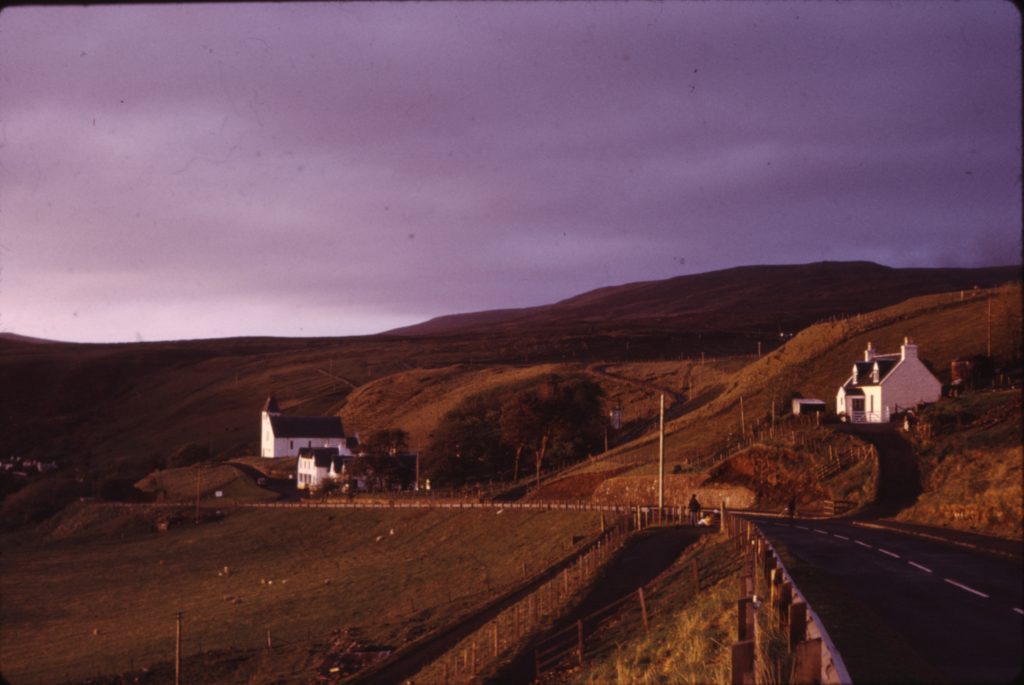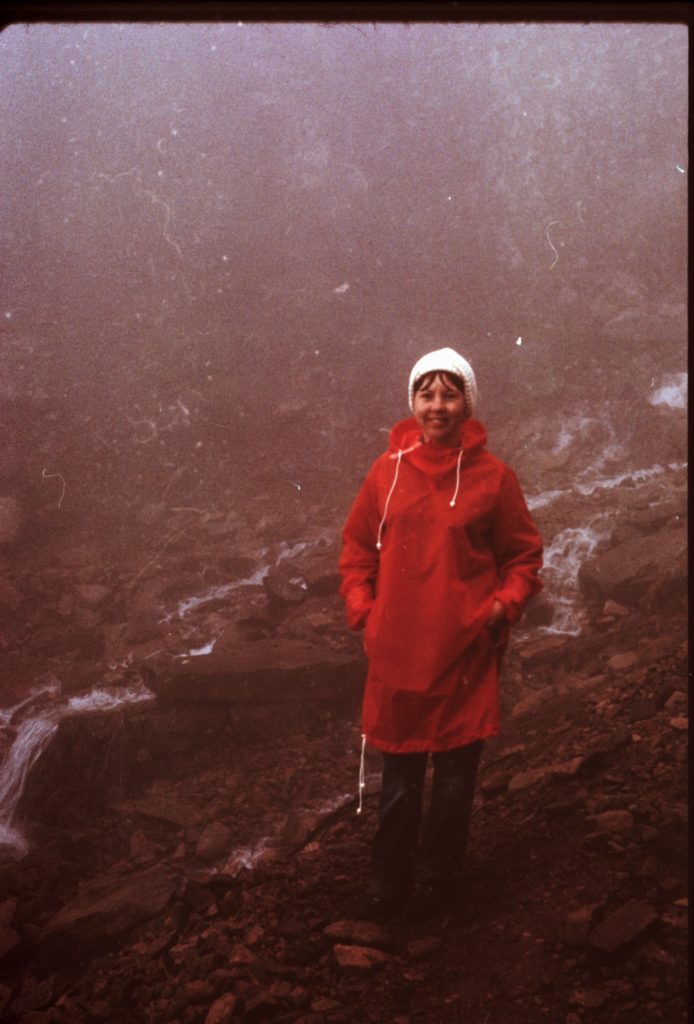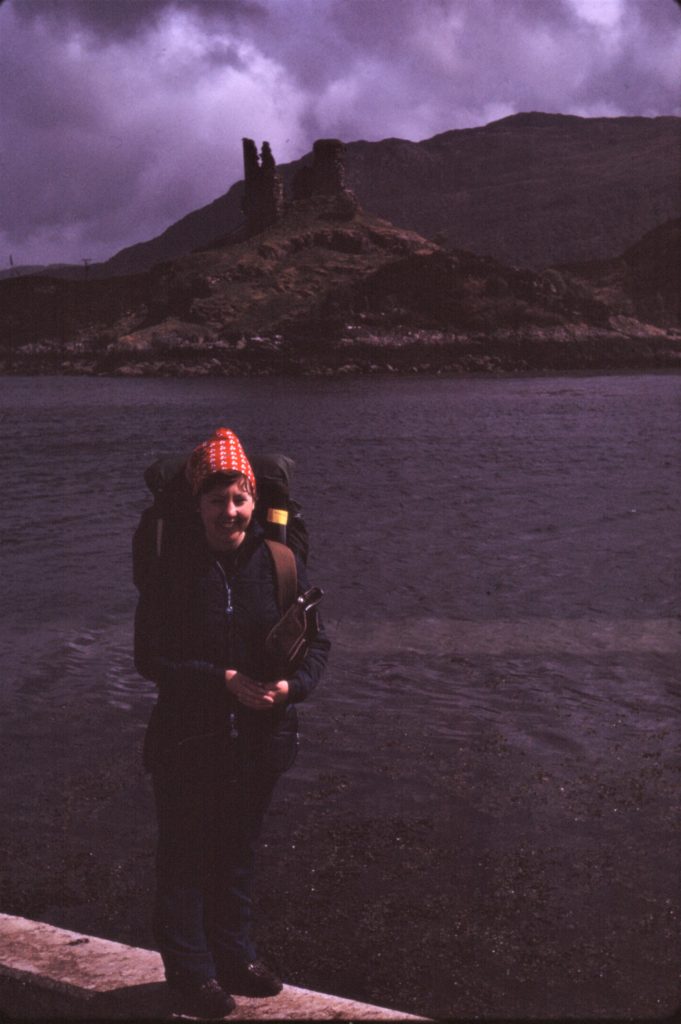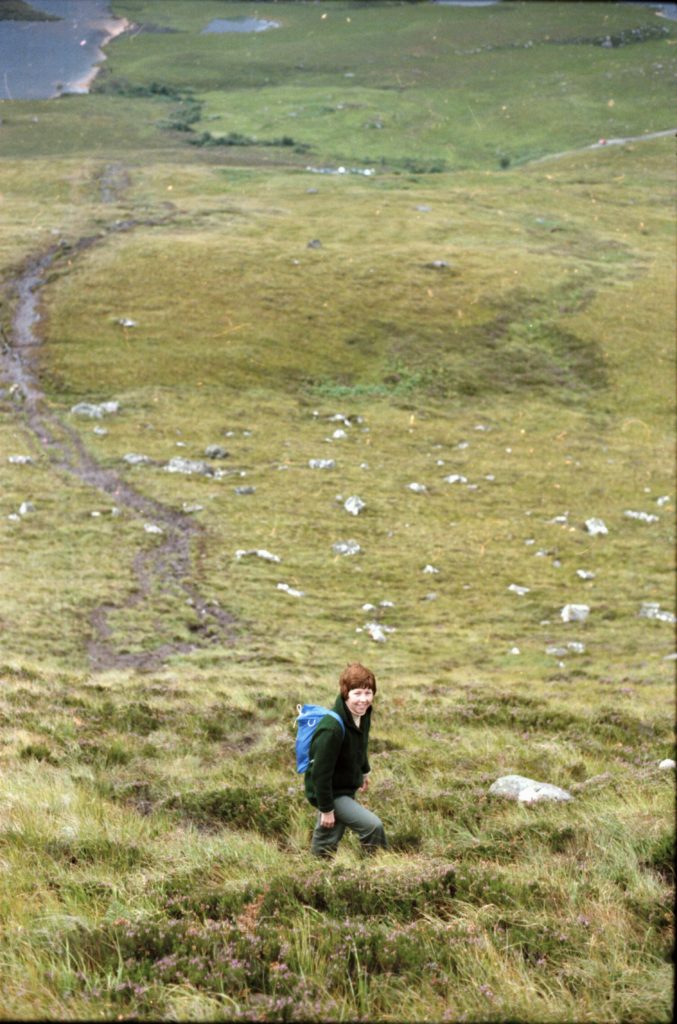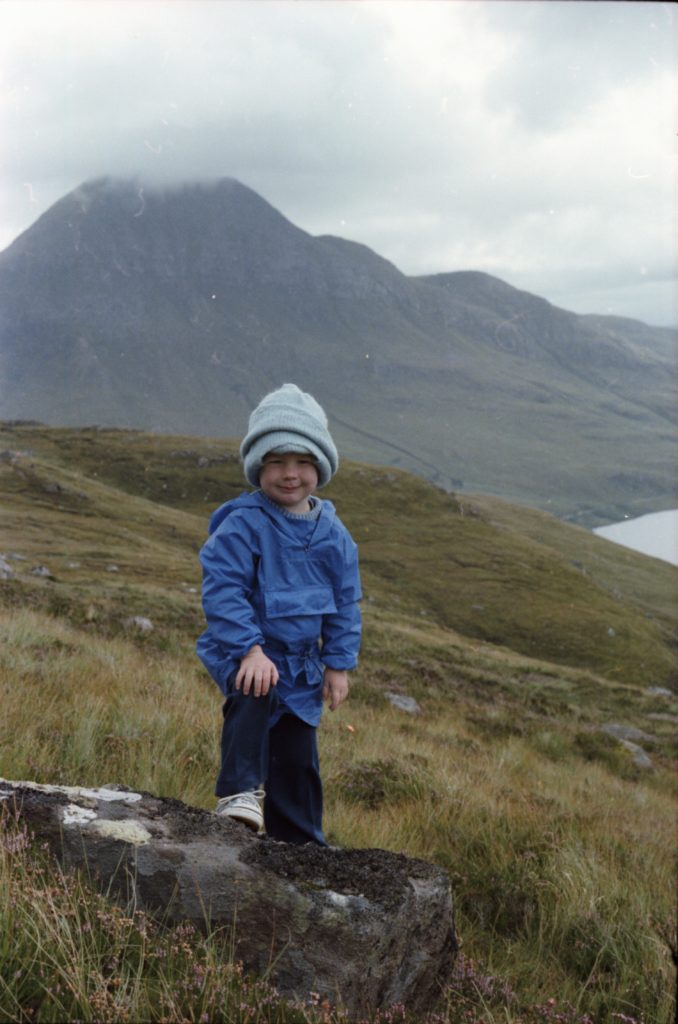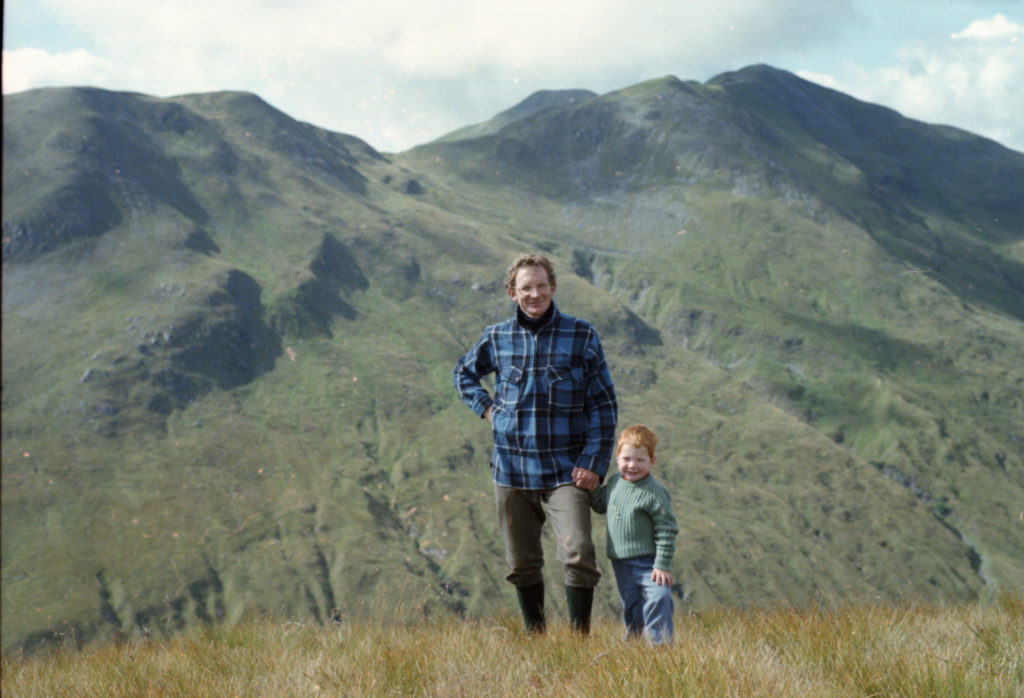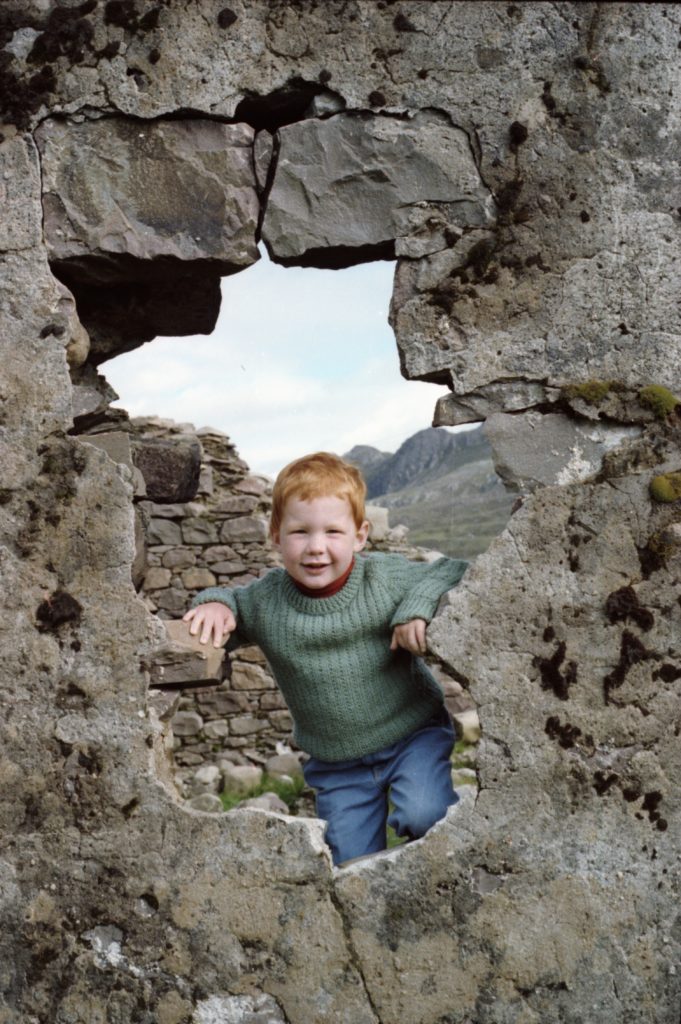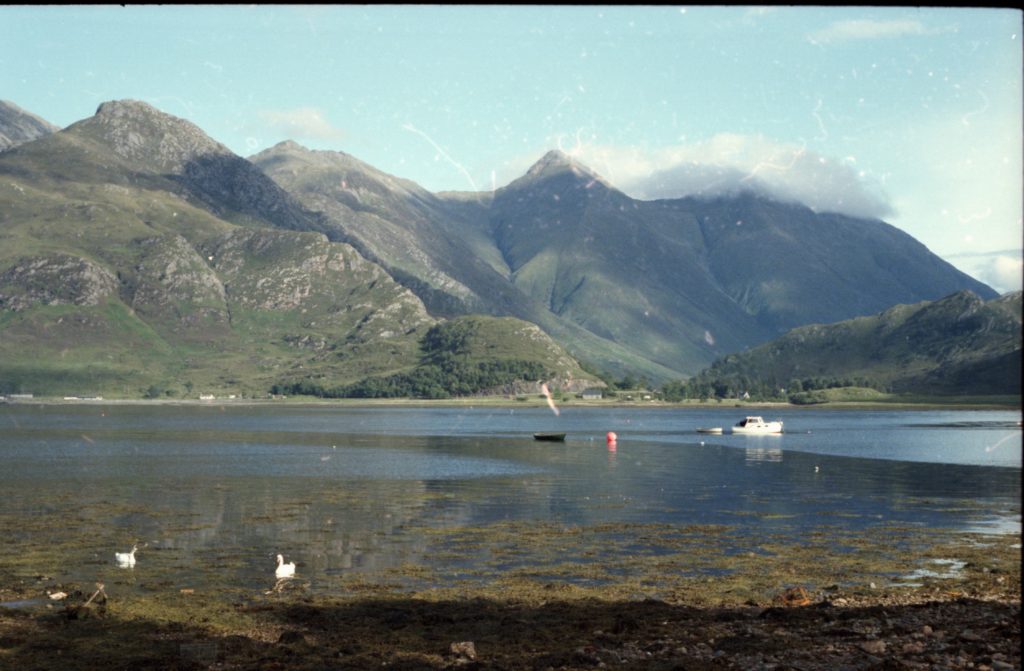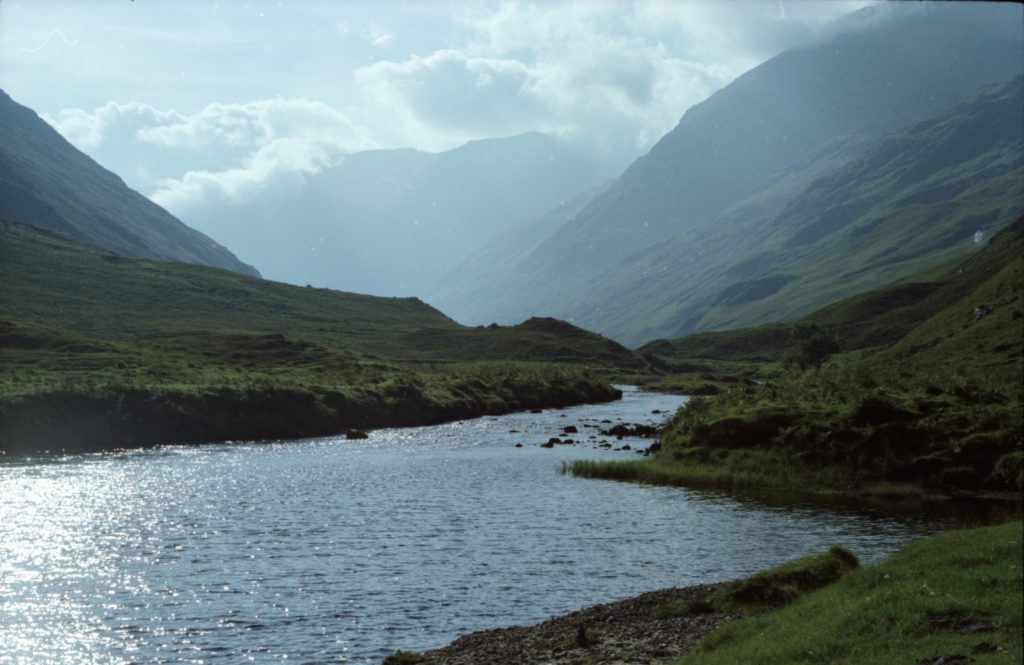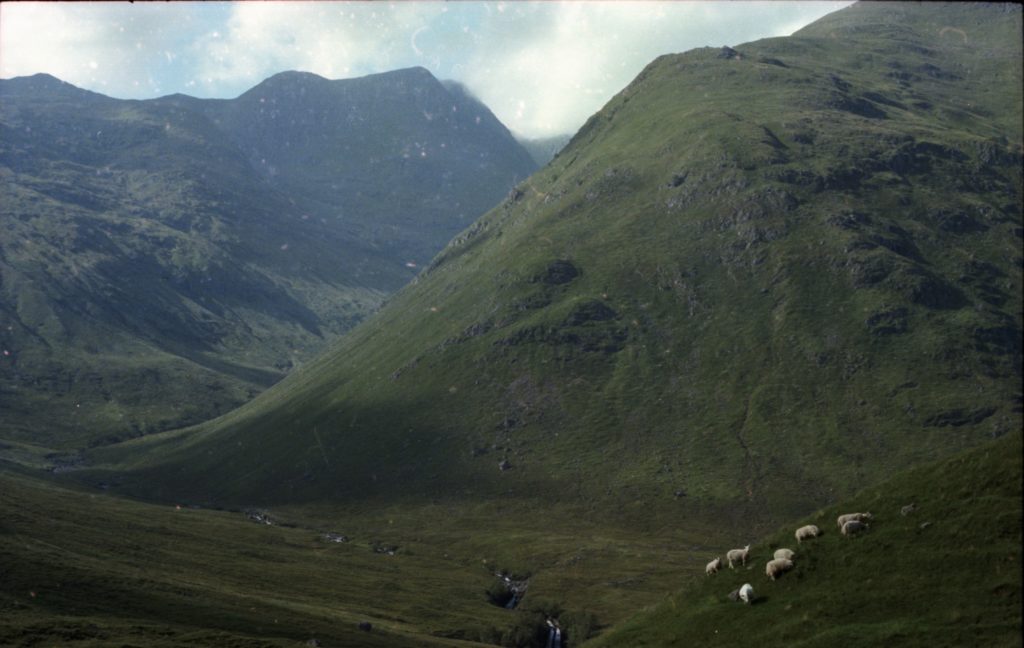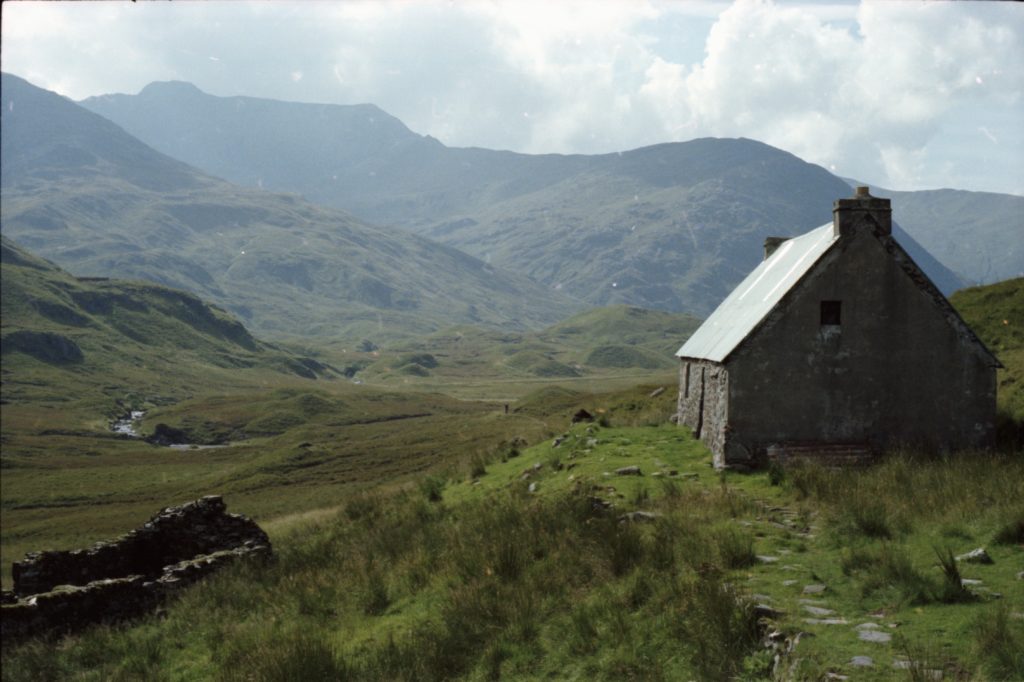Anthony Grey OBE (born 5 July 1938) is a British journalist and author. As a journalist for Reuters he was imprisoned by the Chinese government for 27 months from 1967 to 1969. He has written a series of historical novels and non-fiction books, including several relating to his detention. Three of his most successful novels are Peking, Saigon, and Tokyo Bay.
“This epic novel of a wide-eyed missionary and a rebellious woman thrust into China’s Communist revolution is “an excellent read, panoramic in scope” (Financial Times).
In 1931, young English-born missionary Jakob Kellner brings all the crusading passion of his untried Christian faith to a China racked by famine and bloody civil war. He burns to save the world’s largest nation from Communism.
But when he is swept along on the cold, unforgiving Long March, Jakob becomes entangled with Mei-ling, a beautiful and fervent revolutionary. Soon, powerful new emotions challenge and reshape his faith—and entrap him forever in the vast country’s tortured destiny.
Once held hostage by Red Guards in Peking for more than two years, author Anthony Grey traces the path of China’s Communist party from its covert inception through purge and revolution. He crafts a portrait of China as a land of great beauty and harshness—of triumph and tragedy—in a sweeping narrative, rich in historical and cultural revelations” …… Amazon books
“An epic saga of love, blood, and destiny in twentieth-century Vietnam: “This superb novel could well be the War and Peace of our age” (San Francisco Chronicle).
Joseph Sherman first visits Saigon—the capital of French colonial Cochin-China—as a young man on his father’s hunting trip in 1925. But the exotic land lures him back again and again as a traveler, soldier, and reporter. He returns because of his fascination for the enchanting city—and for Lan, a mandarin’s daughter he cannot forget.
Over five decades Joseph’s life becomes enmeshed with the political intrigues of two of Saigon’s most influential families, the French colonist Devrauxs, and the native Trans. In this sweeping saga of tragedy and triumph, Joseph witnesses Vietnam’s turbulent, war-torn fate. He is there when millions of coolies rise against the French, and during their bloody last stand at Dien Bien Phu. And he sees US military “advisors” fire their first shots in America’s hopeless war against the Communist revolution.
A story of adventure, love, war, and political power, Saigon presents an enthralling and enlightening depiction of twentieth-century Vietnam.” …….. Amazon Books
“This is a thrilling novel of the West’s first journeys to Japan from “a master storyteller” and the acclaimed author of Saigon and Peking (The Kansas City Star).
A fleet of ships billowing black smoke steam past Japan’s tributary islands in July 1853, setting off panic among a people who have been sealed off from the rest of the world for over two hundred years. Commodore Matthew Perry has arrived, sent by the US president to open Japan to American ships and trade—by force, if necessary.
Navy lieutenant Robert Eden, an idealistic New Englander, immediately recognizes that the colonial intentions of his countrymen will ignite a violent conflict with the feudal, sword-wielding samurai. Inspired to pursue peace, he jumps ship and finds himself plunged into a world of frightful and noble warriors, artfully exotic geishas, and a distraught populace who view the Americans as monsters.
Eden tries to bridge the divide between two proud, unyielding cultures in the name of morality, but he may not survive to see the lasting harmony he hopes to create.” ….. Amazon Books.
@@@@@@@@@@@@@@
I have read both Peking and Saigon and I can recommend both without hesitation or reservation. The third novel, Tokyo Bay is on my must read list. I like historical novels. I suppose it is because of an urge for self improvement. So if it is a good read and I feel that I have learnt something relevant then I am more than happy to enjoy the experience and pass on a recommendation. Both of these novels fall into that category. Of the two Saigon, for me, is the most rewarding. I have lived through a significant portion of the period portrayed in the novel. The Vietnam War was a major political event of my youth. I remember the conscription of my buddies into the army. Many of my friends were lucky to survive the war unharmed. Outside of Australia few people are aware of Australia’s role in the war and the political turmoil and demonstrations associated with the military conscription of Australian youth to fight a war that most Australians did not understand. The American and Vietnamese military causalities were high and as a nation Vietnam was devastated at every level. America was humiliated and still bears the scars this foolish military and political venture. Every day this horror story was played out before ours eyes on TV and in the newspapers. Anthony Grey’s novel of the era reflects the issues and emotions of the day. In retrospect it is hard to realize that while I was living a fairly uneventful life in Sydney Australia there was this horror show going on all around us.
@@@@@@@@@@@@@@
Some afterthoughts about the novels. America’s involvement in China and Vietnam demonstrate the uncanny ability the Americans have of “backing the wrong horse”. Despite their revolutionary history, espousal of democratic ideals and ample opportunities to do the “right thing” the USA seem to be hell bent on making bad decisions. The history of American foreign policy is littered with toppled democratic regimes and gross interference in the domestic affairs of other countries. Here is a short list – Overthrow of the Hawaiian monarchy; Annexation of the Philippines; Political interference in Central America; The 1953 overthrow of the democratically elected Iranian government; Support for the Shah of Iran; The fall of the Allende government in Chile; The war on the Taliban; and the list just goes on and on. Of course there were success stories. World War II had some good outcomes even if the US was more or less forced to do the right thing. I think Winston Churchill said something like “the Americans will do the right thing, eventually”.
@@@@@@@@@@@@@@
Postscript:
Also well worth reading is Stanley Karnow’s Vietnam : A History – The First Complete Account of Vietnam at War
@@@@@@@@@@@@@@


